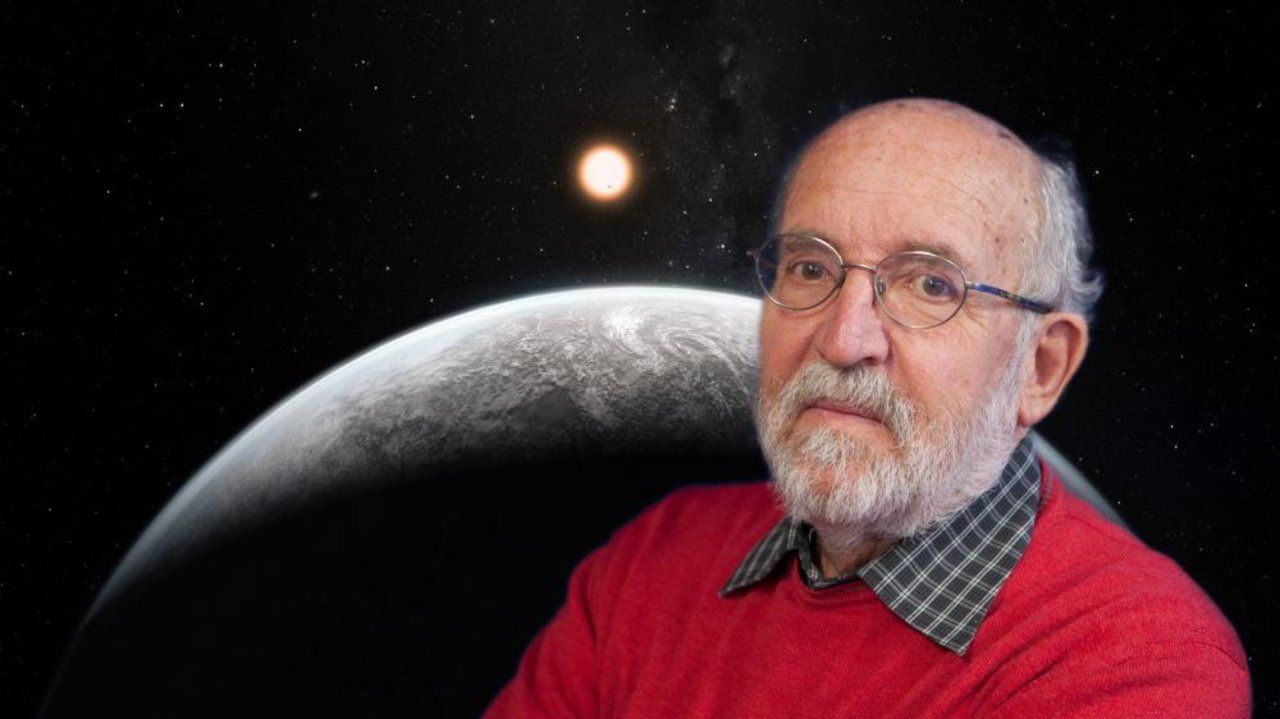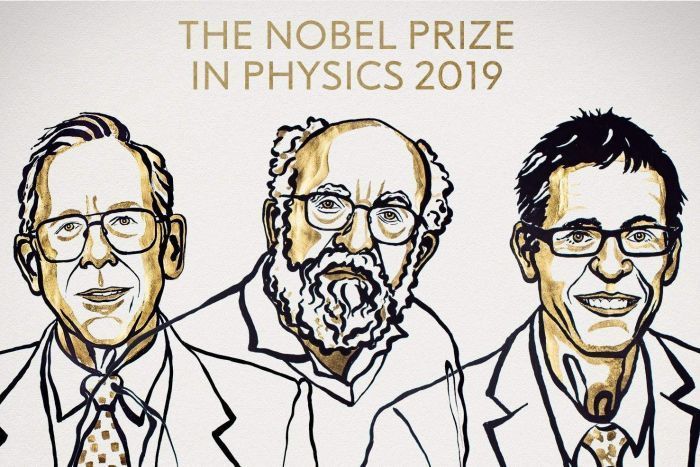Humans Will Not ‘Migrate’ to Other Planets, Nobel Winner Says
Listen to “e137 Humans Will Not ‘Migrate’ to Other Planets, Nobel Winner Says” on Spreaker.
October 9, 2019 (phys.org)
• Swiss scientists Michel Mayor (pictured above) and Didier Queloz were recently awarded the Nobel Prize for Physics for their research refining techniques to detect exoplanets. When asked about the possibility of humans moving to other planets, Mayor told Agence France-Presse Madrid, “If we are talking about exoplanets, things should be clear: we will not migrate there.”
• Mayor reasons that humans will never migrate to a planet outside of Earth’s solar system because it would take far too long to get there. Says Mayor, “These planets are much, much too far away. Even in the very optimistic case of …few dozen light years, which is not a lot …the time to go there is considerable… using the means we have available today.”
• “It’s completely crazy,” the 77-year-old Nobel laureate said. We will not be going to another “liveable planet if one day life is not possible on earth.” “We must take care of our planet. It is very beautiful and still absolutely liveable.”
• Using custom-made instruments at their observatory in southern France, in October 1995 Mayor and Queloz discovered the first exoplanet outside Earth’s solar system. It started a revolution in astronomy. Since then over 4,000 exoplanets have been found in our home galaxy. Mayor said it is now to the “next generation” to answer the question of whether there is life on other planets.
• [Editor’s Note] They key phrase here is “using the means we have available today”. The Navy videos of UFOs performing “impossible” maneuvers that were released to the public and recently confirmed as authentic prove that there exists technology that defies our earthly “Newtonian” physics. And the US Navy has revealed its knowledge of these advanced technologies by the recent publication of US government patents. See these articles by Dr Michael Salla: US Navy Patent for Nuclear Fusion Reactor Supports claims of Mile-Long Space Carriers; US Navy Regards Electromagnetic Propulsion & Tesla Shield Patents as Operable; US Navy Disclosing Secret Space Program Technologies through Patents System.
Humans will never migrate to a planet outside of Earth’s solar system because it would take far too long to get there, Swiss Nobel laureate Michel Mayor said Wednesday.
Mayor and his colleague Didier Queloz were on Tuesday awarded the Nobel Prize for Physics for their research refining techniques to detect so-called exoplanets.
“If we are talking about exoplanets, things should be clear: we will not migrate there,” Mayor told AFP near Madrid on the sidelines of a conference when asked about the possibility of humans moving to other planets.
“These planets are much, much too far away. Even in the very optimistic case of a livable planet that is not too far, say a few dozen light years, which is not a lot, it’s in the neighbourhood, the time to go there is considerable,” he added.
“We are talking about hundreds of millions of days using the means we have available today. We must take care of our planet, it is very beautiful and still absolutely liveable.”
The 77-year-old said he felt the need to “kill all the statements that say ‘OK, we will go to a liveable planet if one day life is not possible on earth’.”
“It’s completely crazy,” he added.
FAIR USE NOTICE: This page contains copyrighted material the use of which has not been specifically authorized by the copyright owner. ExoNews.org distributes this material for the purpose of news reporting, educational research, comment and criticism, constituting Fair Use under 17 U.S.C § 107. Please contact the Editor at ExoNews with any copyright issue.




